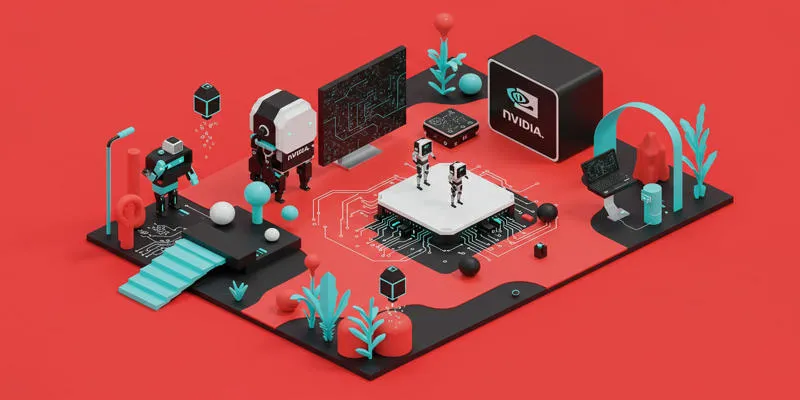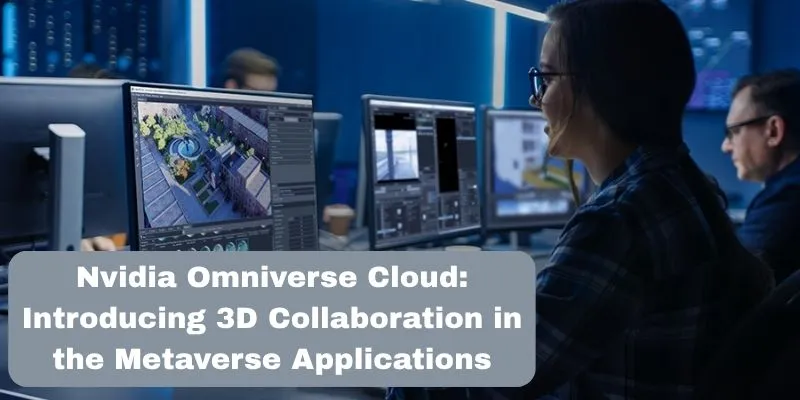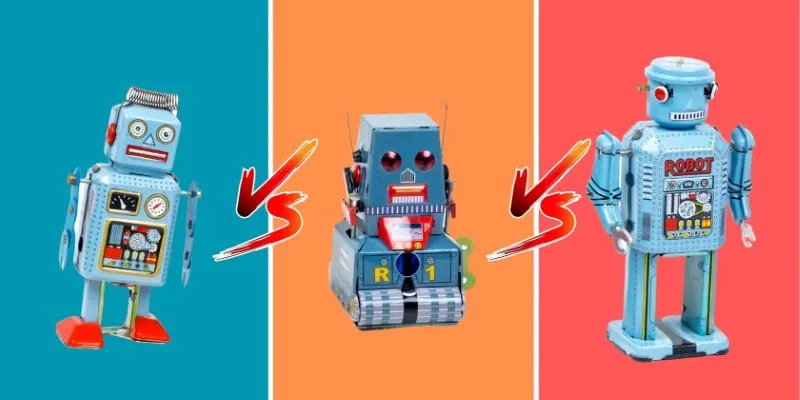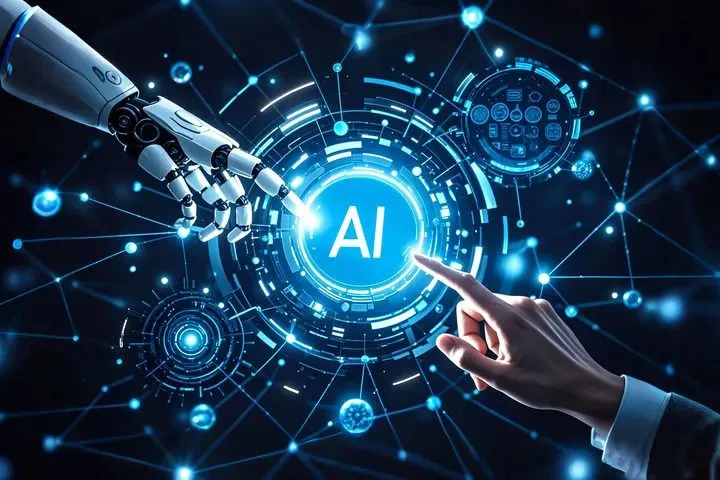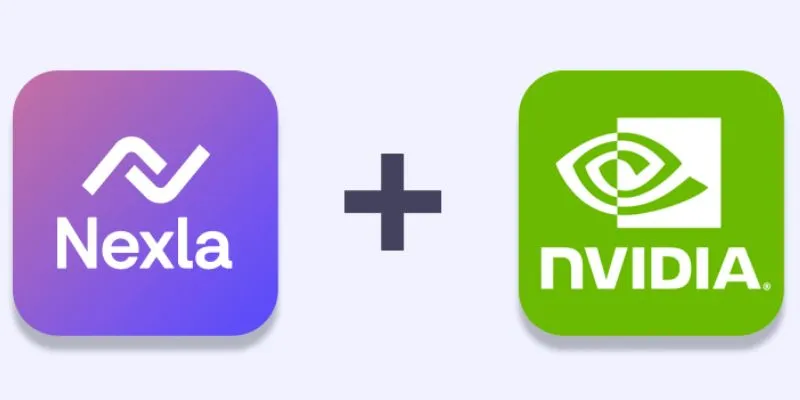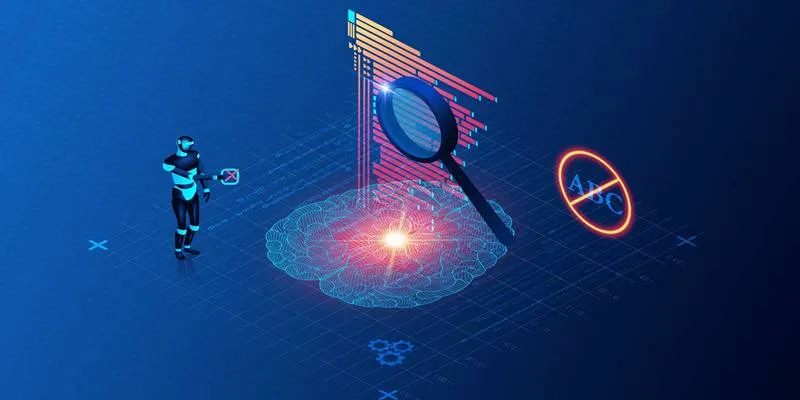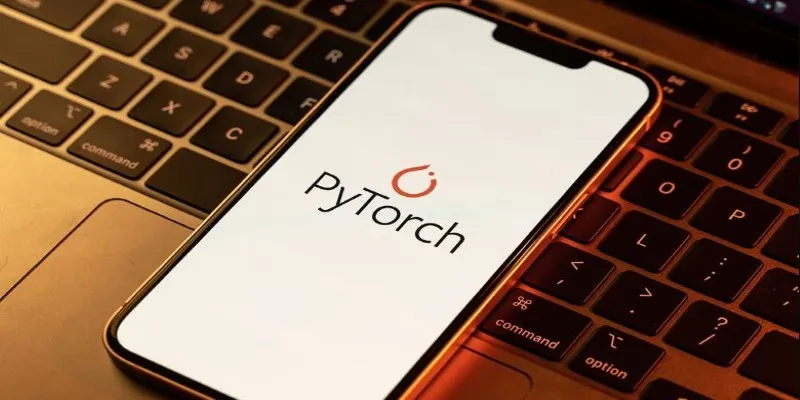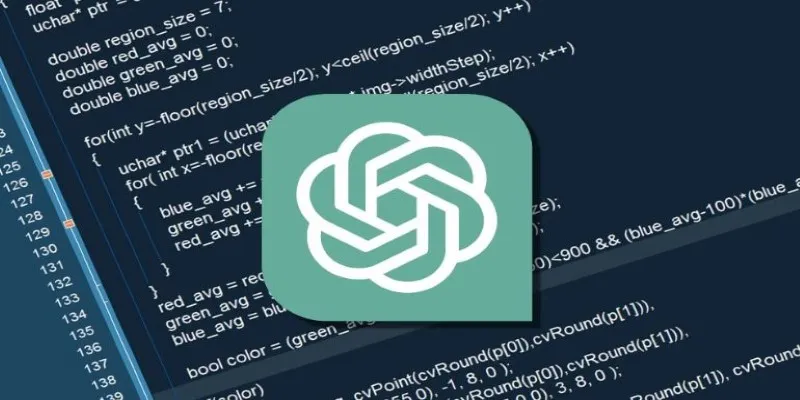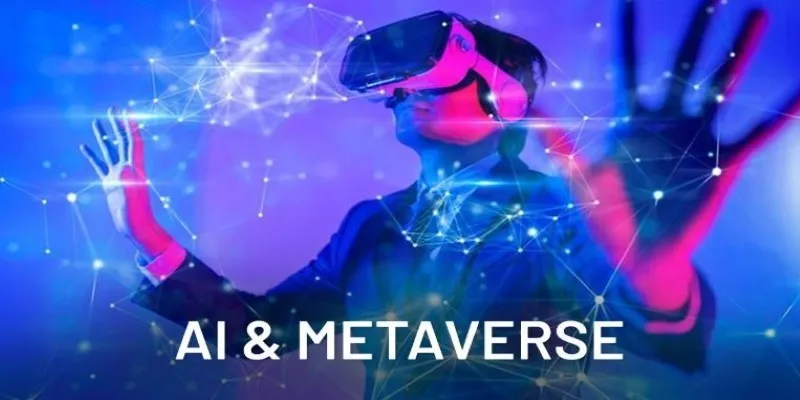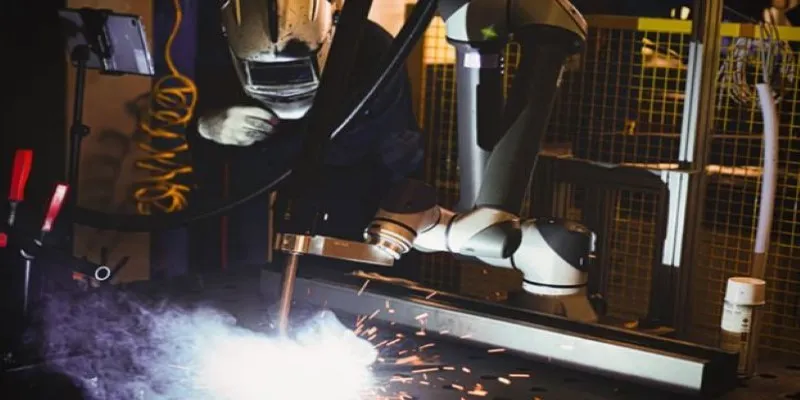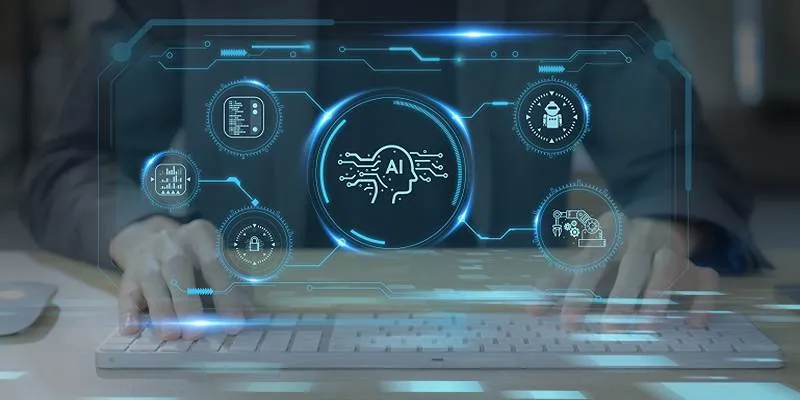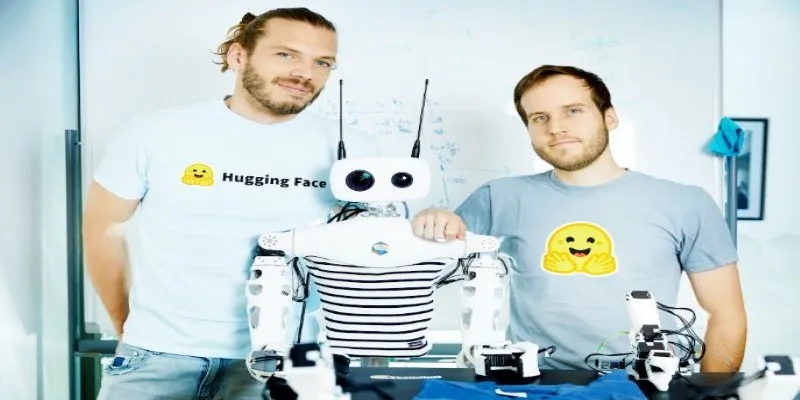At GTC 2025, a significant collaboration between Nvidia, Alphabet, and Google caught everyone’s attention. This partnership isn’t about just running software faster or training models more efficiently—it’s about creating machines capable of navigating the world, perceiving it in real time, and making autonomous decisions. Introducing Agentic, Physical AI, a concept that’s far from clinical in its implications. This revolutionary AI acts with intent, adapting, learning, and solving complex physical tasks independently.
The atmosphere at GTC was charged with anticipation. Attendees weren’t watching mere product demos; they witnessed AI systems behaving like workers, scouts, or co-pilots. Nvidia, Alphabet, and Google aren’t just collaborating—they’re orchestrating a joint effort to enable AI to move, grip, and act with purpose.
What Is Agentic, Physical AI?
Agentic, Physical AI represents systems that merge large-scale decision-making with real-world interaction. Imagine robots assembling furniture from scattered parts, drones navigating cities without pre-scripted maps, or warehouse bots coordinating tasks dynamically. The term “agentic” is derived from agency—the ability to make decisions, learn from feedback, and take autonomous actions. “Physical” signifies that this agency is embodied in tangible machines such as robots, vehicles, and industrial tools.

At GTC 2025, the trio showcased a unified stack. Nvidia provided the hardware backbone with new Jetson platform versions and enhanced physical simulation tools within Omniverse. Google introduced advances in large foundation models tailored for edge deployment. Alphabet’s DeepMind and Everyday Robots demonstrated embodied agents trained using reinforcement learning, self-play, and vision-language models.
These machines don’t just react—they anticipate. You communicate the task, and they figure out the execution, bridging the gap between automation and delegation.
The Tools Behind the Machines
A pivotal breakthrough came from Nvidia’s expansion of the Omniverse platform. The new simulator, Omniverse Dynamics, allows developers to train physical AI agents in environments that emulate real-world physics. This innovation ensures robots trained virtually can perform reliably in the real world, tackling messiness, slippage, and edge cases effectively.
Google contributed multimodal models combining vision, language, and control, enabling robots to interpret commands like “put the fragile stuff on top” or “stack these by size” into actionable steps. It’s akin to translating intent into movement.
Alphabet’s X and DeepMind pushed boundaries further by trialing policy-based learning systems in physical environments. A demo exhibited a mobile agent navigating a mock disaster zone, avoiding debris, identifying objects, and rerouting in real time—all from a single high-level command: “Locate survivors.”
What Does This Mean Beyond the Lab?
Agentic, Physical AI may seem experimental now, but it’s already moving beyond demos. Google hinted at new consumer applications for home robotics—devices that learn and adjust to routines autonomously. Alphabet’s logistics subsidiary is testing agent-based sorting centers, adapting to any layout dynamically.

In the industrial sector, Nvidia’s partnerships with third-party robotics firms utilize the new Jetson modules and Omniverse training data to deploy warehouse bots that navigate changing environments and collaborate without hard-coded paths.
This shift in automation methodology impacts how factories, delivery systems, and urban planning evolve. These systems don’t need constant updates or detailed instructions—they learn context, adapting to existing infrastructures.
Human-AI collaboration is also crucial. These systems aren’t designed to replace humans but to assist them. Alphabet showcased a prototype assistant for on-site technicians—a wheeled tablet with sensors and robotic arms, responding to gestures, voice commands, and adjusting grip strength based on object fragility.
Why Nvidia, Alphabet, and Google?
This collaboration is the result of a strategic alignment where Nvidia offers hardware acceleration and simulation tools, Google provides the models and training pipelines, and Alphabet acts as the testbed for real-world projects in robotics and logistics. Together, they form a comprehensive loop, something most companies cannot achieve alone.
This partnership signals a broader trend. AI is transitioning from mere thought to action—fluidly, contextually, and with minimal supervision. Achieving this requires massive compute power, flexible models, and rigorous real-world testing. While no single entity holds the complete equation, these three giants are close.
GTC 2025 wasn’t just about promises—it was a glimpse into what’s already in motion. Although not everything is public, enough was revealed to demonstrate that Agentic, Physical AI isn’t just a concept—it’s actively being developed, tested, and gradually introduced into our environments.
Conclusion
AI is progressing beyond hype to tangible impact. At GTC 2025, the focus was on actual change these systems can bring. While robot coworkers aren’t ubiquitous yet, industries like logistics, healthcare, and urban services are on the brink of transformation. Physical, agentic AI is being crafted to quietly assist, adapt, and learn. With Nvidia, Alphabet, and Google synergized, machines are evolving to become situationally aware, responsive, and genuinely beneficial where it matters most.
 zfn9
zfn9
